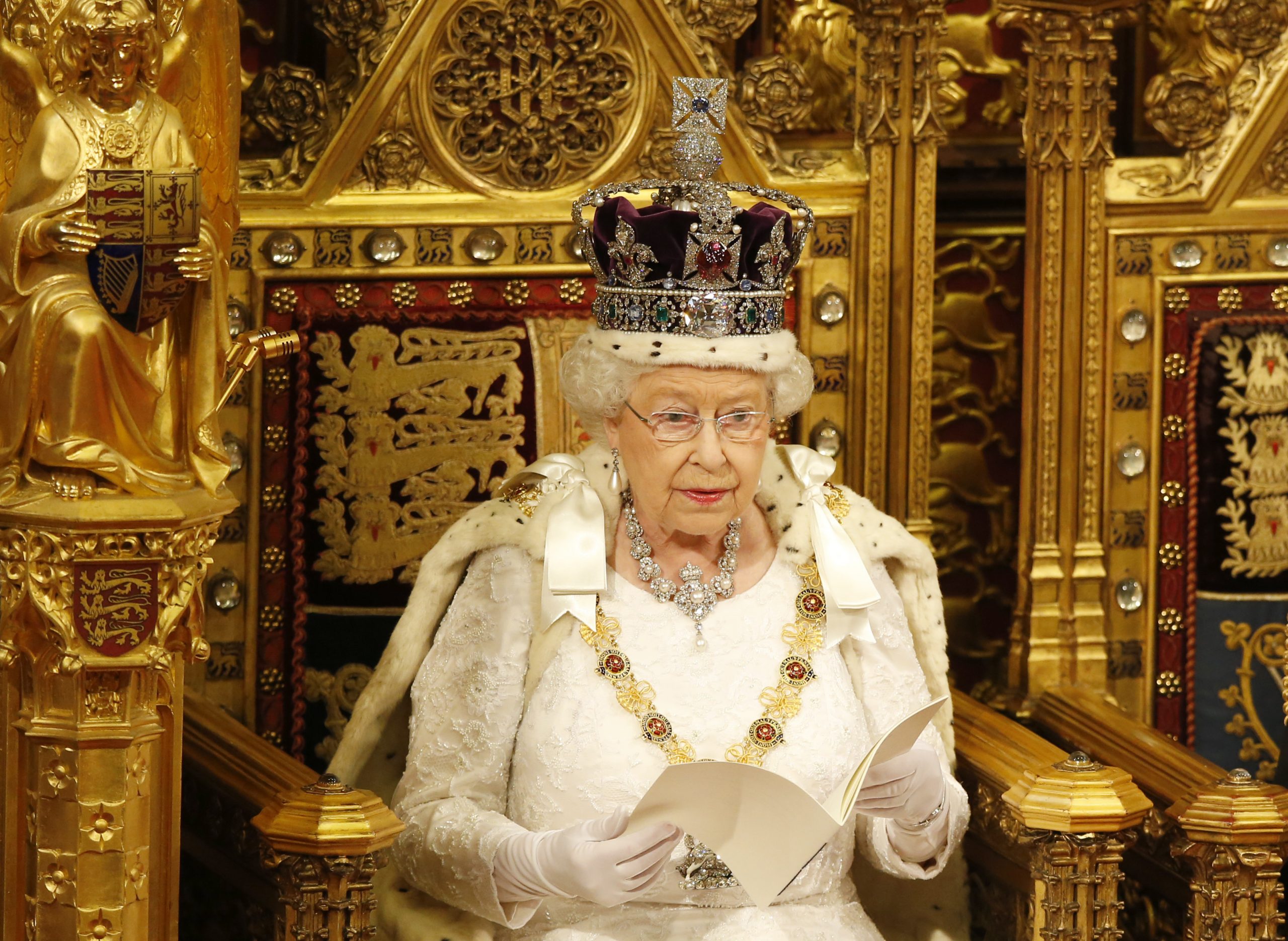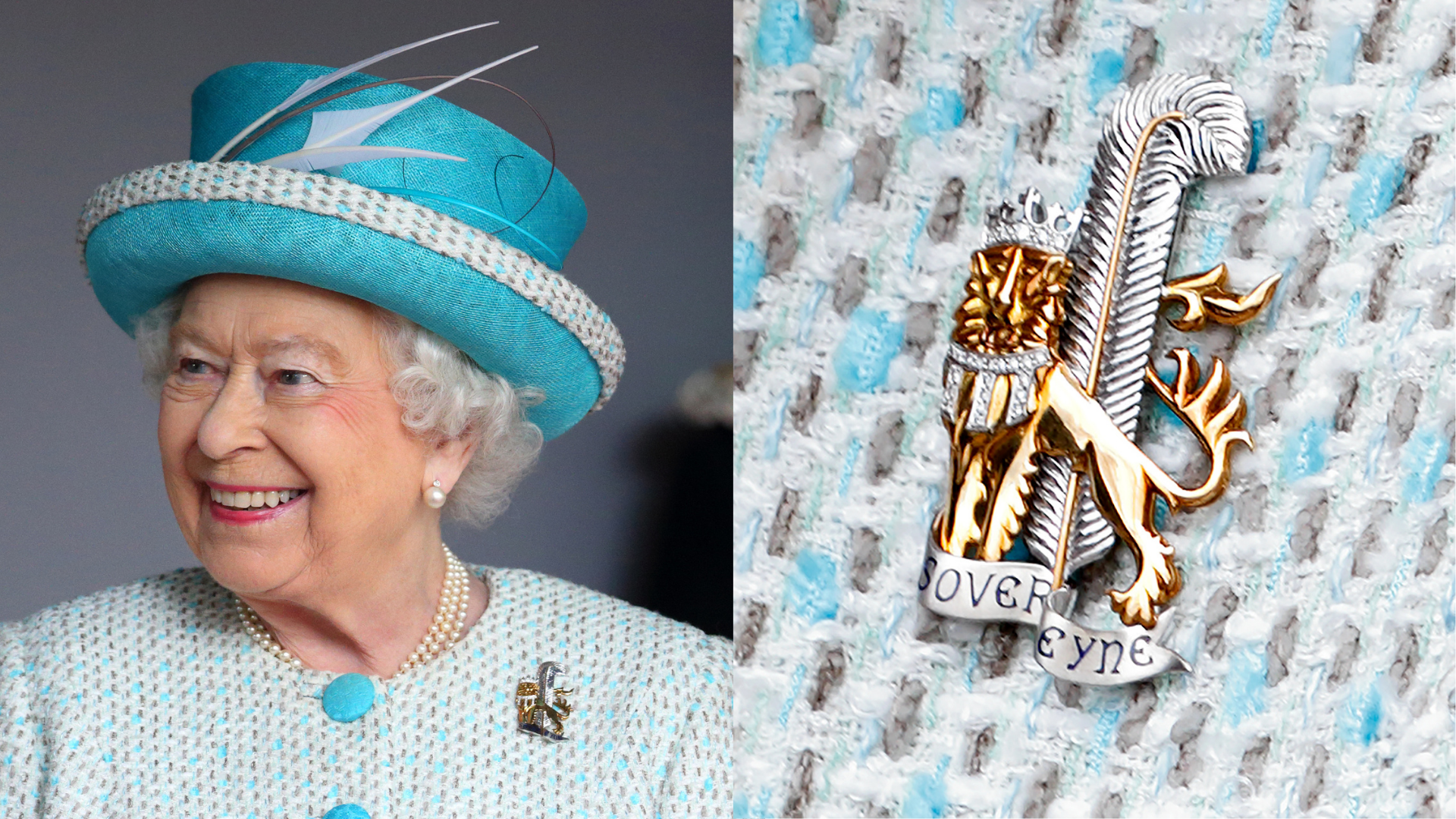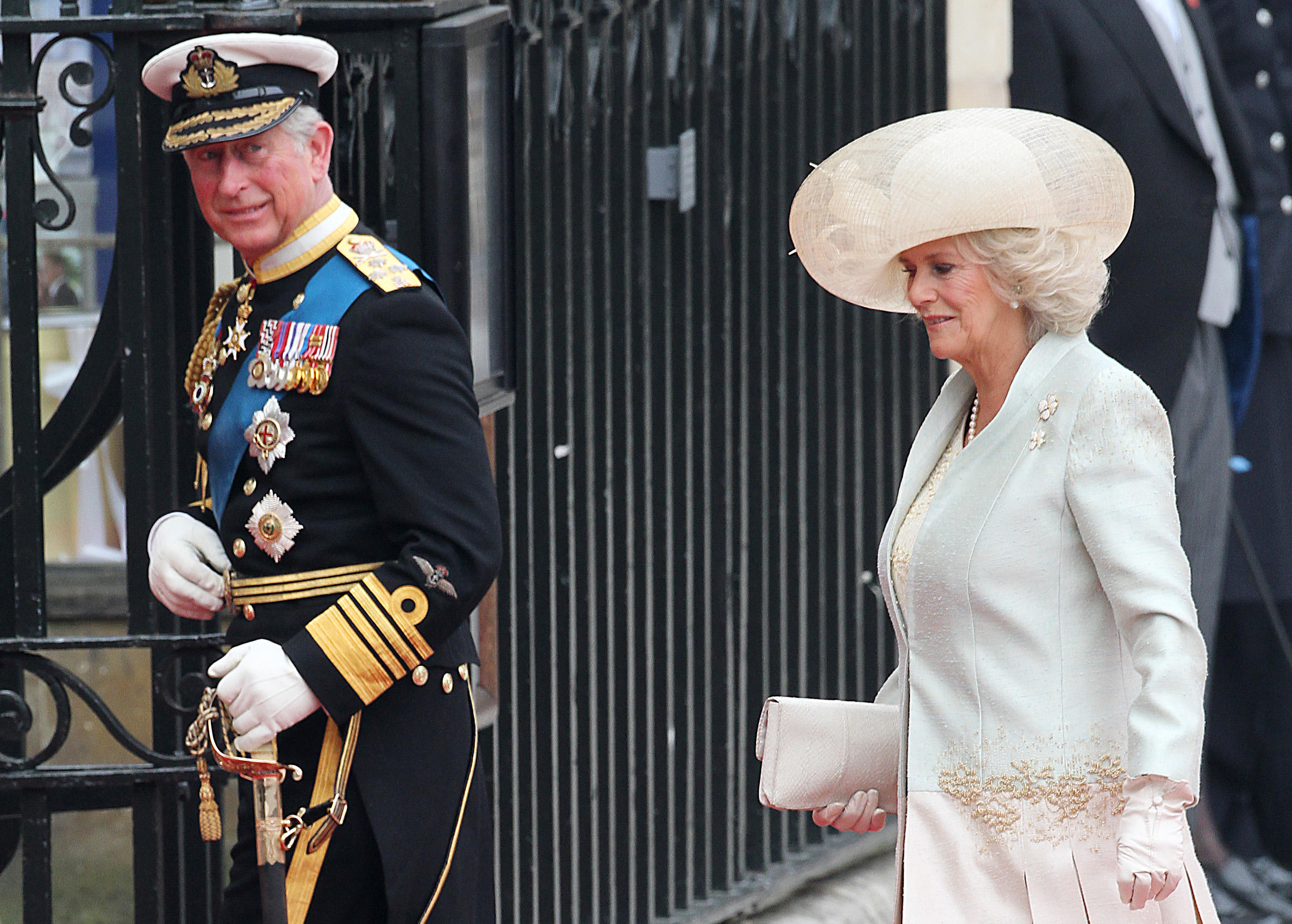How much money does the Queen have and where does it come from?


Ever wondered how much money the Queen has and what contributes to her total net worth? We've done the research and shared the eye-watering figure.
It pays to be a part of the British Royal Firm. Whilst many of us are aware that certain members in the royal line of succession receive a hefty sum from the taxpayer, most are unaware of the other royal income sources. From property to stamps and of course inheritance, there's a lot of revenue streams that make up the royal's wealth.
Queen Elizabeth II's net worth is often speculated about and whilst we'll never be given an exact value by the figurehead herself, some experts have estimated what it's likely to be - based on her incomings.
How much money does the Queen have?
In 2022, Queen Elizabeth II is estimated to be personally worth £365 million. According to the Sunday Times Rich List, this figure is up £15 million from her 2020 earnings and includes the Sovereign Grant and her personal income.
Over the years the royal figurehead has dropped up to 30 places on the paper's annual Rich List. In 2020, she came in 372nd place and this is a drop of 30 places since 2018.

As for the monarchy as a whole, Forbes magazine puts their total net worth as £72.5 billion (roughly $88 billion).
Where does the Queen get her money from?
Queen Elizabeth II gets her money from three sources: the annual Sovereign Grant payment, the Privy Purse and her personal wealth and inheritance. The first is a figure she receives annually from the government, whilst the second two sources are independent wealth that are not funded by taxpayers.
Parenting advice, hot topics, best buys and family finance tips delivered straight to your inbox.
Some people mistakenly believe that the Queen gets her money via visitor admission fees from royal properties like Buckingham Palace, Windsor Castle and the Tower of London - to name a few. But this is not true.
Instead, this revenue is used to fund The Royal Collection, which consists of works of art held in trust by the Queen which will be passed on to her successors - Prince Charles, William and so on. This is the same case with the Crown Jewels - the Queen does not specifically own or can sell these - they are just property belonging to the reigning monarch of the time.
Sovereign Grant
The Sovereign Grant Act has been in effect since 2012. It's basically one lump sum given to the Queen to support her official duties and maintain the occupied Royal Palaces, such as Kensington Palace and Windsor Castle. This grant includes a 10-year improvement fund for Buckingham Palace. It additionally covers the cost of official events such as garden parties, investitures, and royal trave.
The amount the Queen receives in her Sovereign Grant is 15 percent of the profit made each year by the Crown Estate. This is a large property estate across the UK which is worth £8.1 billion. It once belonged to the monarchy but is now owned by the treasury.
In 2020-21, the Sovereign Grant given to the Queen totalled £85.9 million. This roughly works out as £1.29 per taxpayer. The official Royal Family website have to publish financial reports each year which explain how this money is spent:
"The £85.9m is made up of a core grant of £51.5m which funds official travel, property maintenance and the operating costs of The Queen’s household, and an additional dedicated amount for Reservicing of £34.4m. The core grant equates to 77p per person in the UK."
Privy Purse
The Queen's 'Privy Purse' is the private income she receives from the Duchy of Lancaster. This is essentially a portfolio of land, property and other assets that have been held in trust for the Sovereign since 1399.
"At the end of March 2021, the Duchy of Lancaster had £577.3m of net assets under its control, delivering net surplus of £22.3m," says a statment on the Duchy of Lancaster website. This figure of £22.3 million is therefore what Her Majesty received last year.
The Duchy is a separate entity to the Crown Estates which make up the Sovereign Grant. It's a completely independent source of income. Plus the annual sum the Queen receives is subject to tax, so will be a little less.
According to the Royal Family website the duchy is "used mainly to pay for official expenditure not met by the Sovereign Grant (primarily to meet expenses incurred by other members of the Royal Family)".
A government picked chancellor takes care of the Duchy of Lancaster estate, which is currently Conservative MP Stephen Barclay. He was appointed to the role in September 2021.
There's also legislation in place that has strict rules the Duchy has to adhere to. The Duchy of Lancaster Lands Act 1855 monitors the transactions from sales and purchases of land. While the Duchy of Lancaster Act 1817 keeps an eye on the investments to improve the land already owned by the Duchy.
The current Duchy of Lancaster is recently appointed Kit Malthouse.

Personal wealth and inheritance
The Queen also has her own personal income that's based on inheritance and money from her privately-owned properties. For example, Her Majesty owns the Balmoral and Sandringham Estates, which were both inherited from her father. Then there's the £10 million estate of Prince Philip. This was left to her following his death in April last year.
The Times report that part of Prince Philip's inheritance includes "a large collection of paintings by Edward Seago and 3,000 books". And no doubt these will be worth a pretty penny too.
The Queen Mother additionally left her daughter an estimated £70m fortune when she passed in 2002. This also included some significant art works, though the BBC report that Her Majesty donated the most important pieces to the Royal Collection. This was so they could be "held in trust for the nation."
On top of this is the Royal Philatelic Collection - aka the Queen's UK and Commonwealth stamp collection. It was established in 1869 and is valued at around £100 million. It's reportedly a hobby of joy for Her Majesty who is said to show it to visiting heads of state.
What is Prince Charles' annual salary?
Prince Charles receives an income from the Duchy of Cornwall each year which is estimated to be around £21 million. Much like the Duchy of Lancaster, this is a private estate of around 52,789 land hectares based in and around Cornwall. And the annual profits go to Charles.
The Duchy of Cornwall was first established by King Edward III in 1337. And it was set up to give his son and heir an independent salary. This means that when Charles becomes King, the Duchy and Duke of Cornwall title will be passed down to Prince William.

Charles uses some of the money to pay for charitable work and official activities. Though the sum also covers the official costs of members of Charles' immediate family. With the Prince of Wales giving them a certain percentage each.
Those who receive funds include his wife Camilla, the Duchess of Cornwall who Charles married in 2005 - otherwise known as the future Queen Consort. Prince William and his wife Kate Middleton also get a share. As did Prince Harry and his wife Meghan Markle before they made the decision to step back as senior royals.
In 2021, Prince Charles received approximately £20.3 million from his Royal Duchy in Cornwall. He also was given a share of the Sovereign Grant by the Queen.
Based on the breakdowns above, Queen Elizabeth II remains the richest member of the British royal family.
Video of the Week:

Emily Stedman is the former Features Editor for GoodTo covering all things TV, entertainment, royal, lifestyle, health and wellbeing. Boasting an encyclopaedic knowledge on all things TV, celebrity and royals, career highlights include working at HELLO! Magazine and as a royal researcher to Diana biographer Andrew Morton on his book Meghan: A Hollywood Princess. In her spare time, Emily can be found eating her way around London, swimming at her local Lido or curled up on the sofa binging the next best Netflix show.